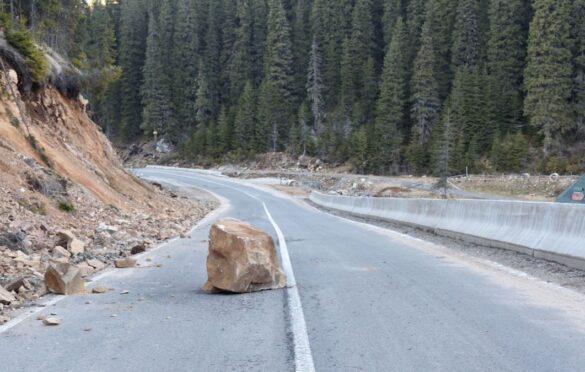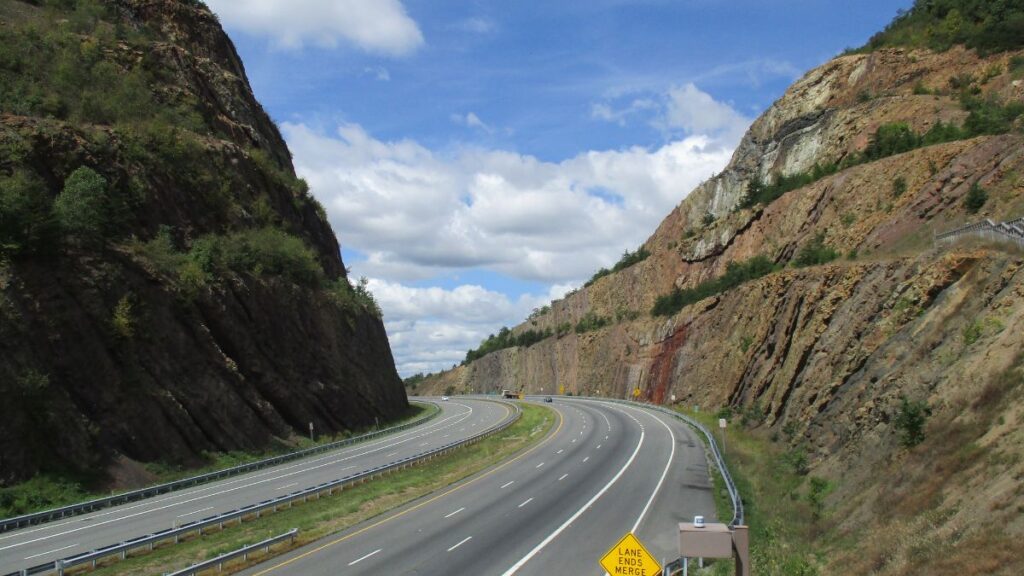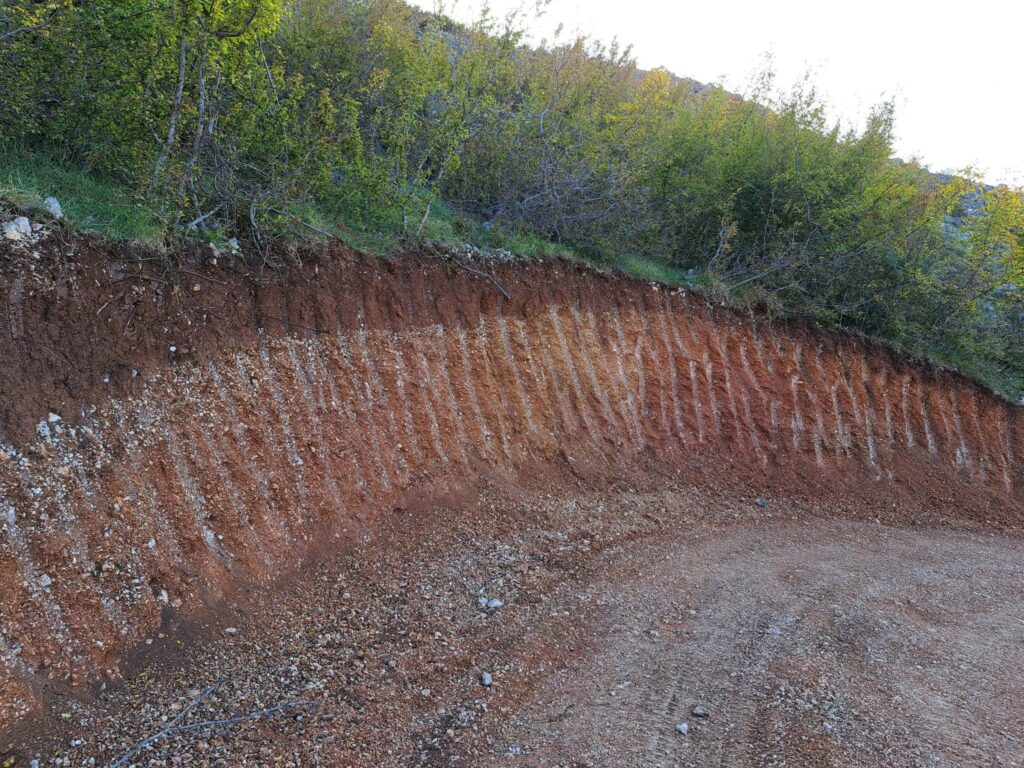Site investigations for slopes

Slope excavation is generally needed when linear infrastructure, such as roads and railways, or other engineering works like canals, pipelines and mining, require the construction of either a level surface on natural slopes or at a pre determined depth below ground level. Slopes are excavated as steeply as ground strength permits while maintaining acceptable stability conditions.

The purpose of site investigations for slopes is to provide a geological and geotechnical description of the area of the proposed excavation, to obtain the parameters needed for stability analysis, slope design and excavation of material, and to design stabilization and drainage measures.

As a general rule, the following aspects should be considered for an excavation:
— Intended dimensions (slope length and depth).
— Position of the water table and hydrogeological conditions, and rainfall.
— Rock and soil types, geological structure and seismicity.
— Project requirements (long or short-term slopes, geometric conditions, etc.)
The site investigations should be adapted to these conditions and take place in stages. Typical procedures include:
- A preliminary geological survey, carried out at the initial stage to plan the site investigations. A geological-geotechnical map is drawn up on a scale between 1/2,000 and 1/500, depending on the type and range of the project. If rock masses are involved, structural data are gathered from field sites on rock outcrops.
- Trial pits in soils and heavily weathered rock to inspect the materials and take undisturbed samples.
- Seismic refraction along the slope profile. As this is a low-cost technique providing the data needed to estimate the rippability and thickness of weathered materials, seismic refraction should be carried out along the whole length of the slope, or at least in representative sections.
- Boreholes drilled along the slope to investigate the slope crest and toe area. The number of boreholes depends on the length and geological complexity of the slope. Core samples should be taken from the boreholes for laboratory tests, and piezometric pipes installed in them to measure water levels.
- Permeability tests in excavations requiring pumping or drainage.
The strength properties of materials, soils or rock masses, are obtained from the appropriate in situ and laboratory tests, and the use of empirical criteria and correlations.
Typical laboratory tests used in slope design include those for identification and classification, shear strength in soils and direct shear strength on discontinuities (and paleao-shear surfaces if it is the case), and uniaxial compressive strength.

Where excavation is to be carried out on hilly ground, it is essential to investigate the possible presence of natural landslides, either active or inactive, as engineering work modifies the initial conditions of the slope (geometry, hydrogeology, state of stress, etc.) and may reactivate movement. The presence of pre-existing natural instabilities may modify the excavation design, and if excavation is found not to be feasible, alternative sites must be found. Aspects to be investigated in these cases include the scale and depth of the natural instability, the failure mechanism, the location of slip surfaces and the position of the water table.

